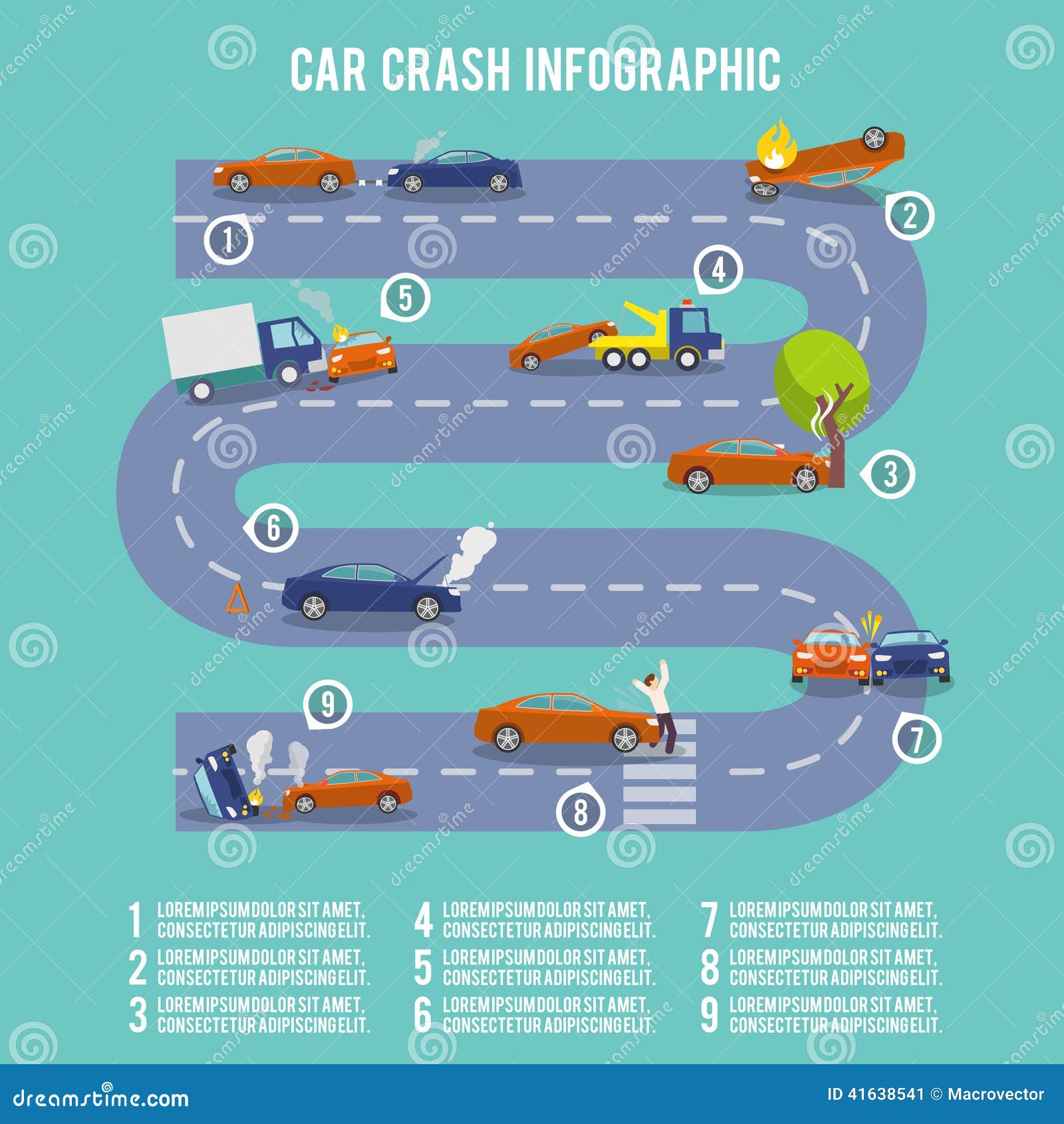Interpreting Your Auto'S Alert Lighting: Their True Ramifications
Interpreting Your Auto'S Alert Lighting: Their True Ramifications
Blog Article
Created By-Sykes Torres
When you're behind the wheel, those glowing warning lights on your control panel can be a bit complicated. Do you recognize what they're trying to inform you regarding your car's health? Recognizing the relevance of these lights is essential for your security and the long life of your vehicle. So, the following time among those lights appears, would not you intend to decipher its message properly and take the needed steps to resolve it?
Common Caution Lights and Interpretations
Determine typical caution lights in your automobile and understand their definitions to guarantee risk-free driving.
One of the most regular warning lights include the check engine light, which signifies problems with the engine or discharges system. If this light comes on, it's essential to have your lorry checked quickly.
The oil pressure warning light suggests low oil pressure, calling for instant attention to stop engine damages.
linked resource site blinking battery light could suggest a faulty charging system, possibly leaving you stranded if not resolved.
The tire pressure surveillance system (TPMS) light notifies you to low tire stress, affecting automobile stability and gas effectiveness. Overlooking this could bring about hazardous driving conditions.
The ABS light indicates a trouble with the anti-lock braking system, compromising your capacity to stop quickly in emergencies.
Last but not least, the coolant temperature level alerting light warns of engine getting too hot, which can cause severe damages otherwise dealt with promptly.
Understanding these usual caution lights will aid you address issues without delay and preserve secure driving problems.
Value of Prompt Interest
Comprehending the usual warning lights in your vehicle is just the primary step; the significance of promptly attending to these warnings can't be stressed enough to guarantee your safety when driving.
When a warning light illuminates on your control panel, it's your vehicle's method of interacting a possible issue that requires attention. Neglecting these cautions can bring about extra severe troubles down the road, endangering your security and possibly costing you more out of commission.
Motivate interest to alerting lights can avoid breakdowns and accidents. For instance, a flashing check engine light can indicate a misfire that, if left ignored, can trigger damages to the catalytic converter. Addressing this promptly can save you from an expensive repair work.
Similarly, a brake system cautioning light could indicate reduced brake liquid or worn brake pads, critical parts for your safety and security when driving.
DIY Troubleshooting Tips
If you observe a caution light on your control panel, there are a few do it yourself fixing pointers you can attempt before looking for specialist assistance.
car wash howick is to consult your auto's manual to recognize what the particular warning light shows. Occasionally the problem can be as simple as a loosened gas cap causing the check engine light. Tightening the gas cap may resolve the issue.
Another common issue is a low battery, which can activate different cautioning lights. Examining the battery connections for deterioration and ensuring they're secure may deal with the issue.
If a caution light persists, you can attempt resetting it by detaching the vehicle's battery for a few mins and afterwards reconnecting it. Furthermore, examining your automobile's fluid levels, such as oil, coolant, and brake liquid, can help repair advising lights related to these systems.
Final thought
In conclusion, understanding your automobile's warning lights is vital for keeping your automobile running smoothly and securely. By immediately attending to these informs and recognizing what they imply, you can avoid expensive repair work and prospective malfunctions.
Keep in mind to consult your vehicle's guidebook for certain information on each cautioning light and take action accordingly to make sure a trouble-free driving experience.
Remain notified, remain safe on the road!
